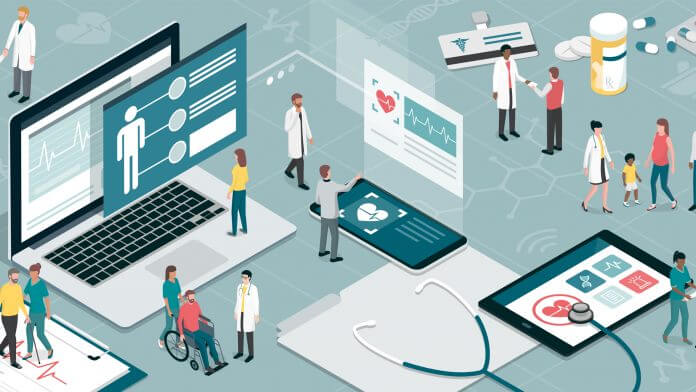Vaccination: A Pillar of Public Health
Introduction
Vaccination, also known as immunization, stands as one of the most significant advancements in the history of medicine. These medical interventions have saved countless lives, prevented debilitating diseases, and contributed to a substantial increase in global life expectancy. In this article, we will delve into the importance of vaccination, how vaccines work, their impact on public health, and address some common misconceptions.
The Basics of Vaccination
Vaccination is the process of introducing a weakened, killed, or modified form of a pathogen (such as a virus or bacteria) into the body. This exposure triggers the immune system to produce an immune response, including the production of antibodies. These antibodies remain in the body, providing immunity to the specific pathogen.
Key Components of Vaccination:
- Antigen: The weakened or inactivated form of the pathogen that stimulates the immune response.
- Antibodies: Proteins produced by the immune system to neutralize the pathogen.
- Memory Cells: Immune cells that “remember” the pathogen and can rapidly respond if exposed to the real, virulent form in the future.
The Importance of Vaccination
- Disease Prevention: Vaccines have effectively prevented or significantly reduced the incidence of numerous deadly diseases, including polio, measles, mumps, rubella, and many others.
- Herd Immunity: When a significant portion of a population is vaccinated against a disease, it can create herd immunity. This protects vulnerable individuals who cannot be vaccinated, such as those with certain medical conditions or allergies.
- Eradication: Vaccination programs have led to the complete eradication of smallpox and are close to achieving the same for polio. These successes demonstrate the power of vaccines.
- Cost-Effective: Vaccination is a cost-effective public health intervention. The cost of vaccines and vaccination programs is much lower than the medical expenses and societal costs associated with disease outbreaks.
- Long-Term Protection: Many vaccines provide long-lasting or even lifelong immunity, reducing the need for repeated vaccinations.
Common Vaccines and Their Impact
- Measles, Mumps, and Rubella (MMR): The MMR vaccine has significantly reduced the incidence of these highly contagious diseases, preventing severe complications like encephalitis and congenital rubella syndrome.
- Polio: Global vaccination efforts have brought the world to the brink of polio eradication, with only a few remaining endemic regions.
- Influenza: Annual flu vaccination helps reduce the severity and spread of seasonal influenza, particularly among vulnerable populations like the elderly and children.
- COVID-19: The rapid development of COVID-19 vaccines demonstrated the agility of vaccine science. Widespread vaccination campaigns are vital in controlling the pandemic.
Addressing Common Misconceptions
- Vaccines Cause Autism: Numerous scientific studies have debunked the link between vaccines and autism. This misconception originated from a flawed study that has been widely discredited.
- Vaccines Weaken the Immune System: Vaccines actually strengthen the immune system by teaching it to recognize and fight specific pathogens.
- Vaccines Contain Harmful Ingredients: Vaccines are rigorously tested for safety and contain only trace amounts of preservatives and adjuvants necessary to enhance the immune response.
Conclusion
Vaccination has played a pivotal role in improving public health worldwide. It has saved lives, reduced the burden of diseases, and contributed to longer, healthier lives for millions. As science continues to advance, the development of new vaccines and improvements in vaccine delivery methods hold the promise of further disease prevention and global health security. Vaccination remains a vital tool in the fight against infectious diseases, underscoring its significance in safeguarding the well-being of individuals and communities.
Share this content:

